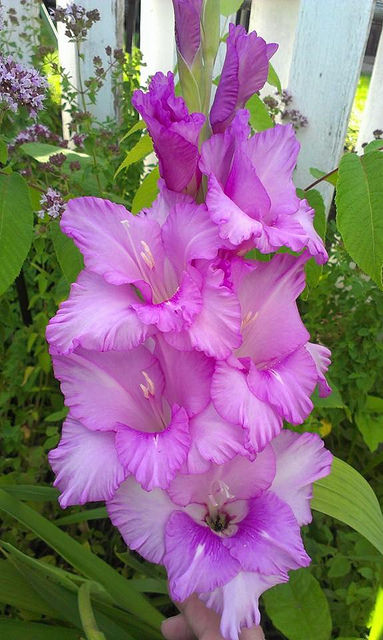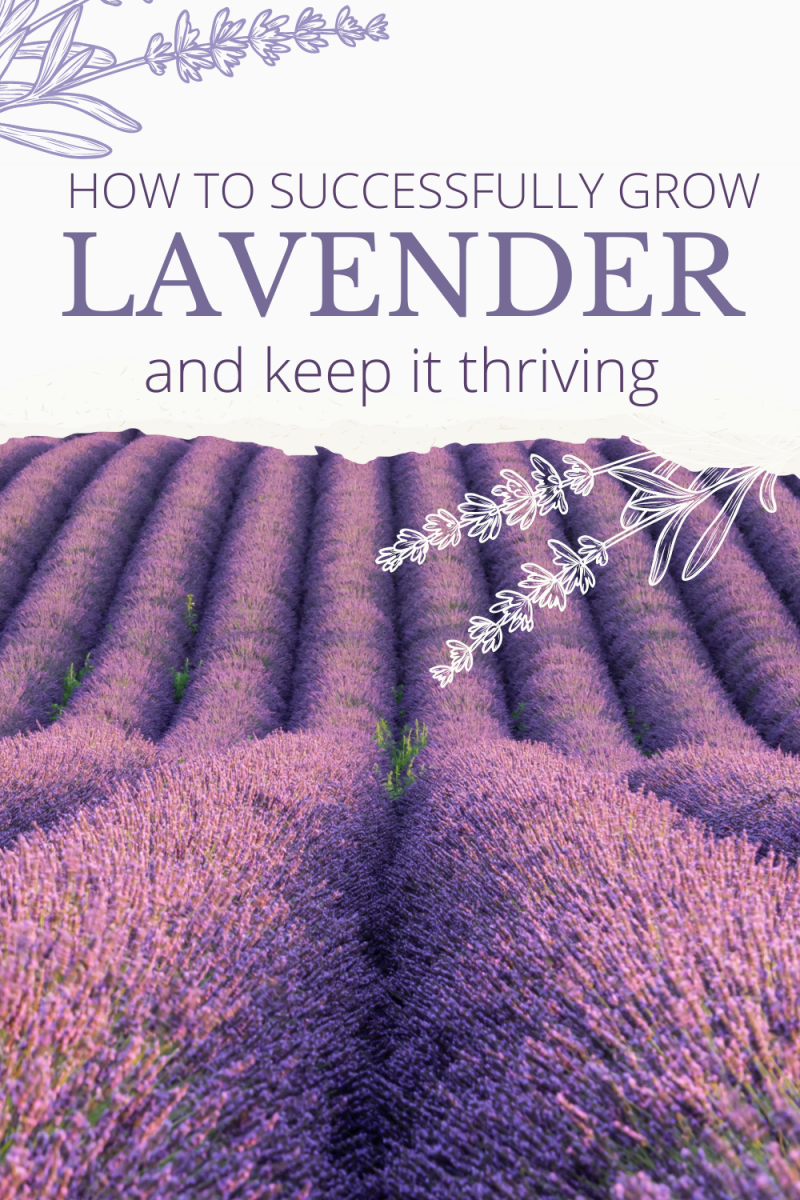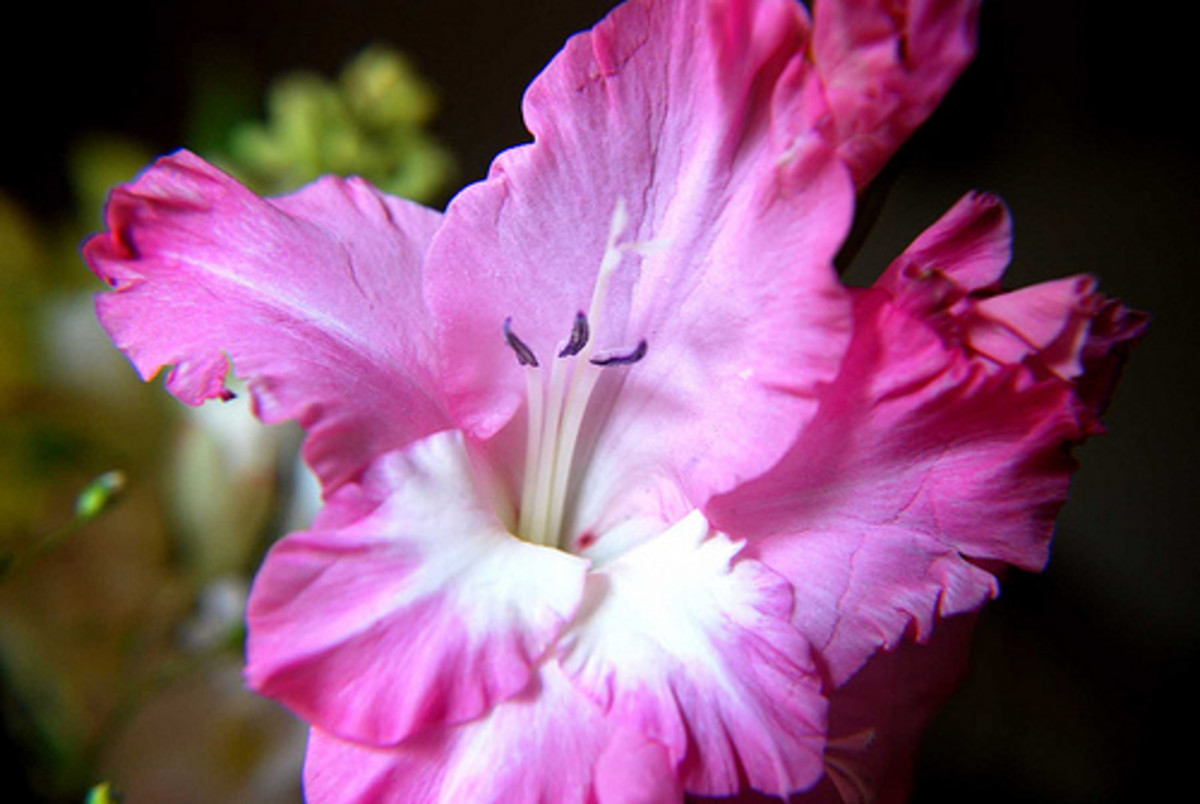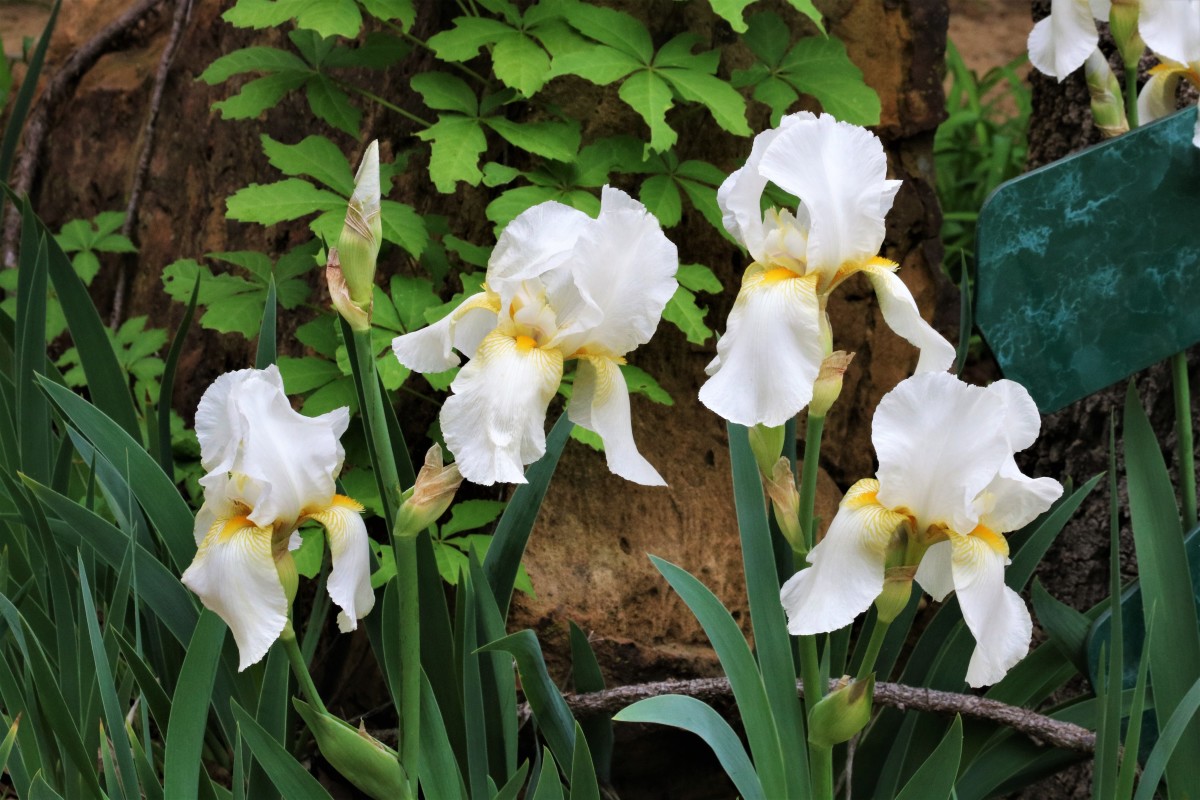How to Grow Gladiolus
History of Gladiolus
The name, Gladiolus (singular, Gladioli), is a root of the Latin word, Gladius, which means sword. These showy plants are indeed very sword-like in their foliage. They are related to Irises, which is another plant with similar sword-like foliage. There are about 250 different species of Gladiolus, which originated in South Africa, Asia and the Mediterranean regions of Europe.
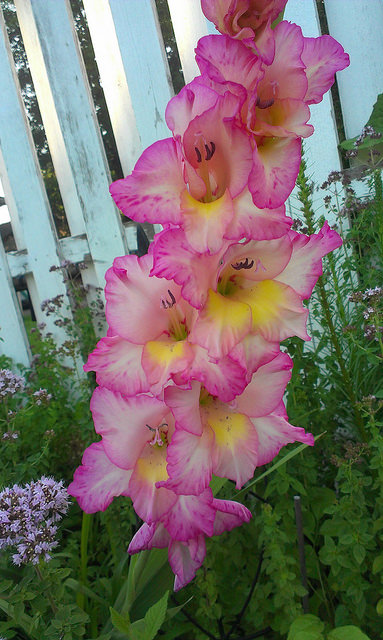
About Growing Gladiolus
Glads are grown from bulbs that are called corms. They are technically a perennial, but treated as an annual in some locations. They are not frost tolerant, so in Zones 6 and below, they need to be dug up and stored in the winter months.
Gladiolus do well in Zones 5 through 10 in full sun and they are not too picky about the soil they are planted in. It should be loose and well tilled at planting time.
They come in a wide range of colors including pink, red, purple, white, orange, yellow and multi-colored variations. Mixed bags of bulbs are pretty inexpensive as well. Height depends on variety, as they can grow anywhere from 2 feet to 6 feet tall, which make it a great plant for the back of a flower bed.
Growing Instructions
Growing Gladiolus are very easy!
- Plant corms after danger of frost (Zones 5 and 6), earlier if in warmer climates.
- Loosen the soil and plant about 4 inches deep with the pointed end up.
- Space your corms 3 to 6 inches apart to ensure good air circulation between the plants.
- Water 1 inch of water per week if your area isn't getting enough rain.
- If you are growing varieties that are tall, you may want to stake them or you can inter-plant them with other tall plants that do not need staking to help them stand up.
Do you grow Gladiolus?
Best Garden Uses of Gladiolus
Glads are great back of the border plants to add height to your landscape design. The shorter varieties do really well in pots with shorter or trailing plants, adding a lush design to your planter. When using Glads in your landscape, they look the best planted en masse rather than one or two planted here or there. There is a lot of versatility with these plants that lend them to both formal and native garden designs.
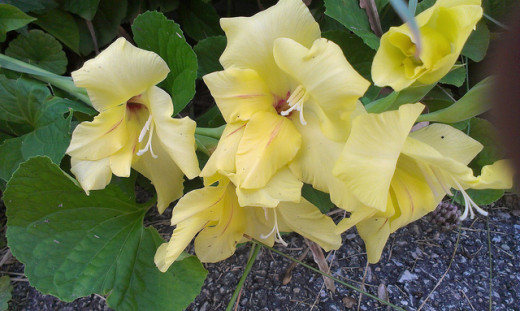
Some Pests and Diseases to Look Out For
Glads are pretty easy growers but can become susceptible to pests and disease. Aphids and Spider Mites are the most common pests. Inspecting your plants regularly can help catch them early before a major infestation occurs. I personally have not had any issues with either, but it is always something to look out for regardless. Another common problem is Gray Mold, which is a fungal disease, usually brought on by too much moisture. Ensuring good air circulation and proper watering can prevent this disease. If you do notice Gray Mold on your plants, it is best to dig and discard them because it can spread to your other healthy plants.
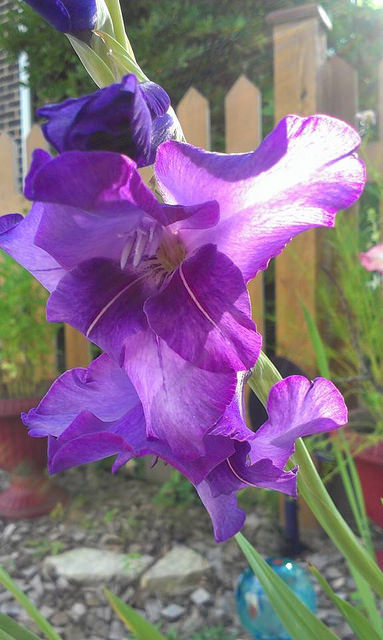
Proper Watering Techniques
While we are on the subject about moisture, I feel it is important to go over some basic guidelines of proper watering. You would not believe how many people I see in my own neighborhood watering improperly. Proper watering will ensure you do not introduce mold, powdery mildew and a host of other fungal diseases that thrive on moisture.
- Never water overhead. Instead, water at the base of the plant.
- Water early in the day as opposed to evening. This will ensure the plant foliage has a chance to dry out.
- Remove any debris such as plant cuttings or leaves from around the base of the plants. Debris can hold moisture and harbor diseases, which can spread to your plants.
How to Store Gladiolus for Winter
Consider yourself lucky if you live in Zones 7-10! You only need to provide a bit of mulch or straw to your plants to help them over-winter in your garden. For those of us in Zone 6 and below, a few extra steps are needed to store these bulbs so they can be re-used in the next growing season:
- After your first frost, dig the entire plant including the corm.
- Cut the foliage to 1 inch above the corm.
- Dry the corms in the sun outside for 1 to 2 days.
- Dust off the excess soil when dried.
- You may choose to dust them with a bulb fungicide before storing.
- Store them in paper bags, cloth bags, wire racks or anything that can be hung or stacked ensuring enough air circulation so they do not mold.
- Store between 35 and 45 degrees in a low-humidity environment. Basements or Cellars are good places.
- Replant in spring after danger of frost!
